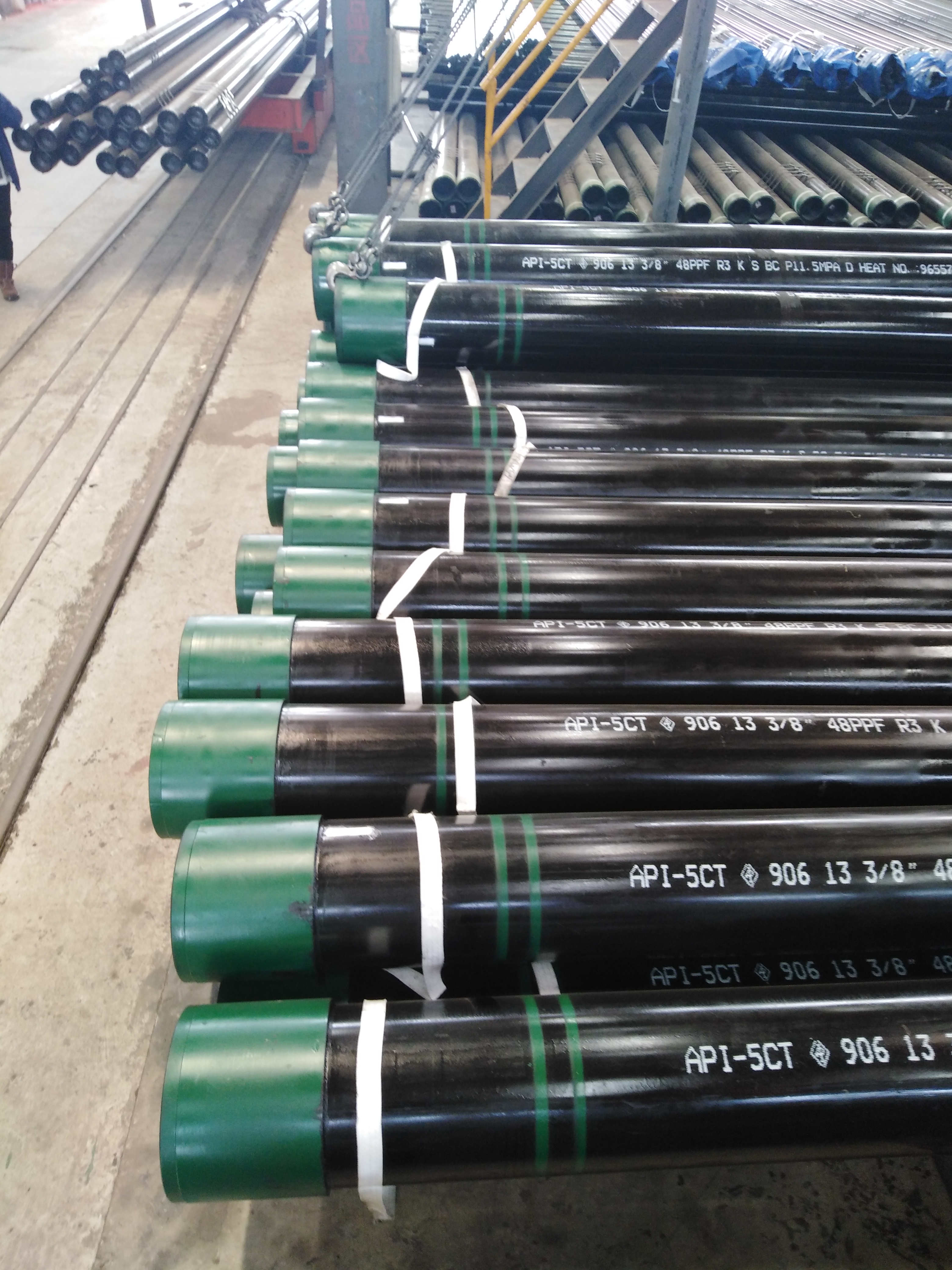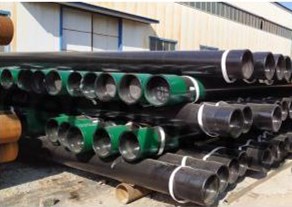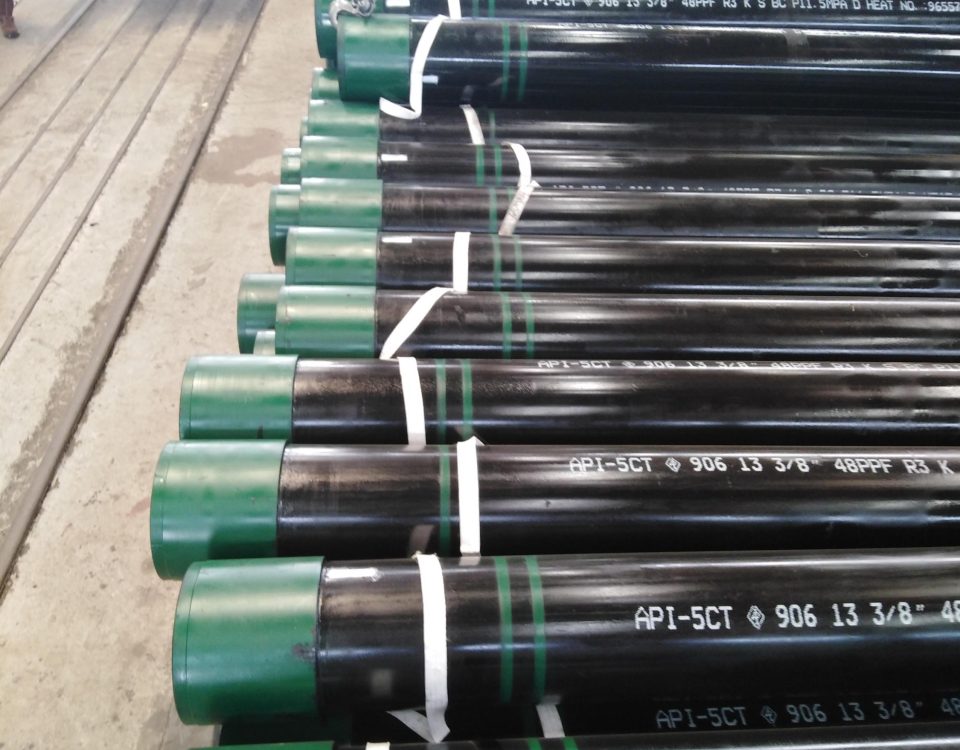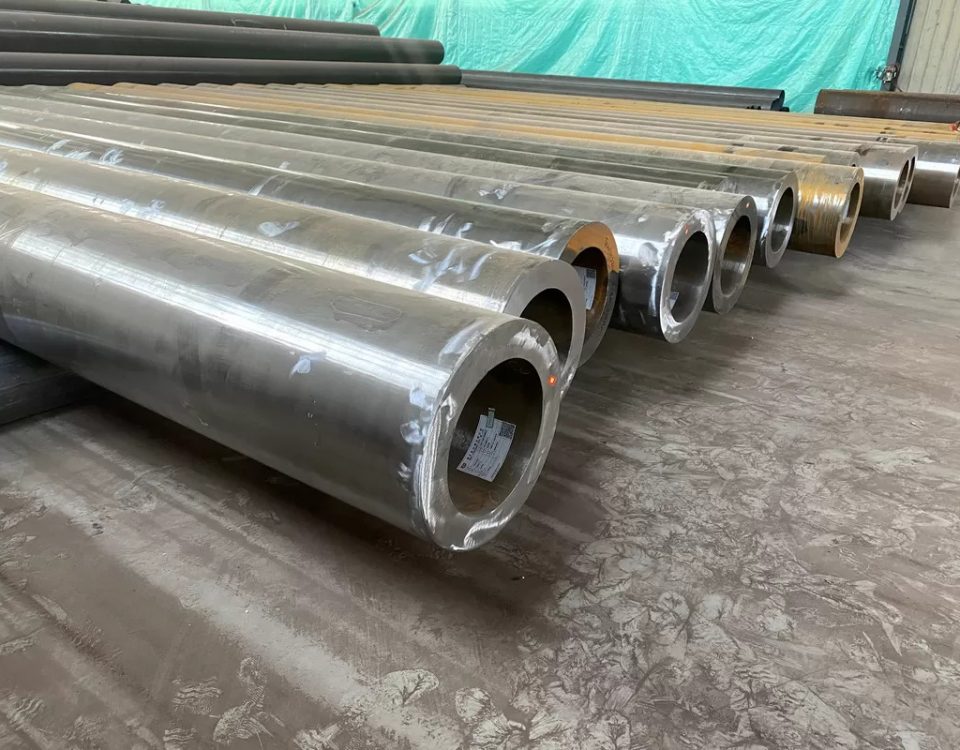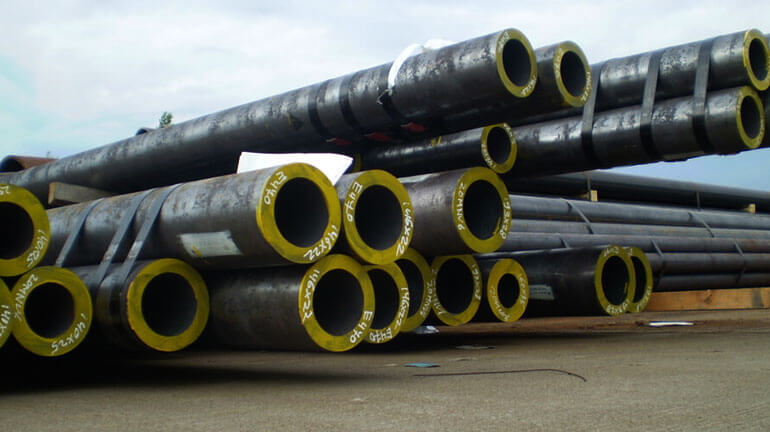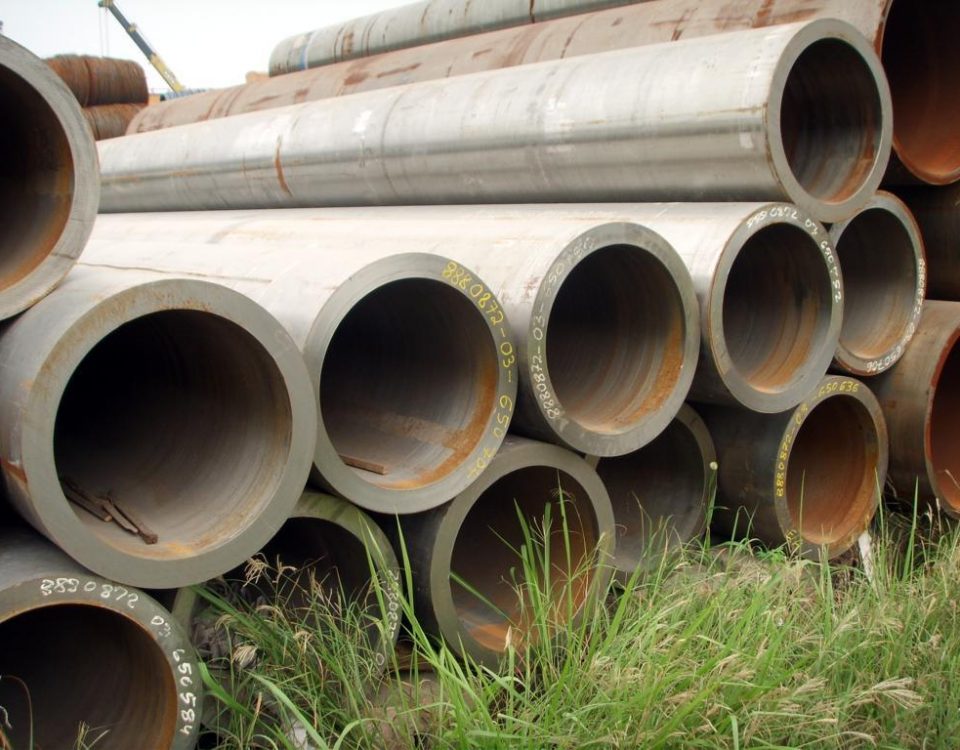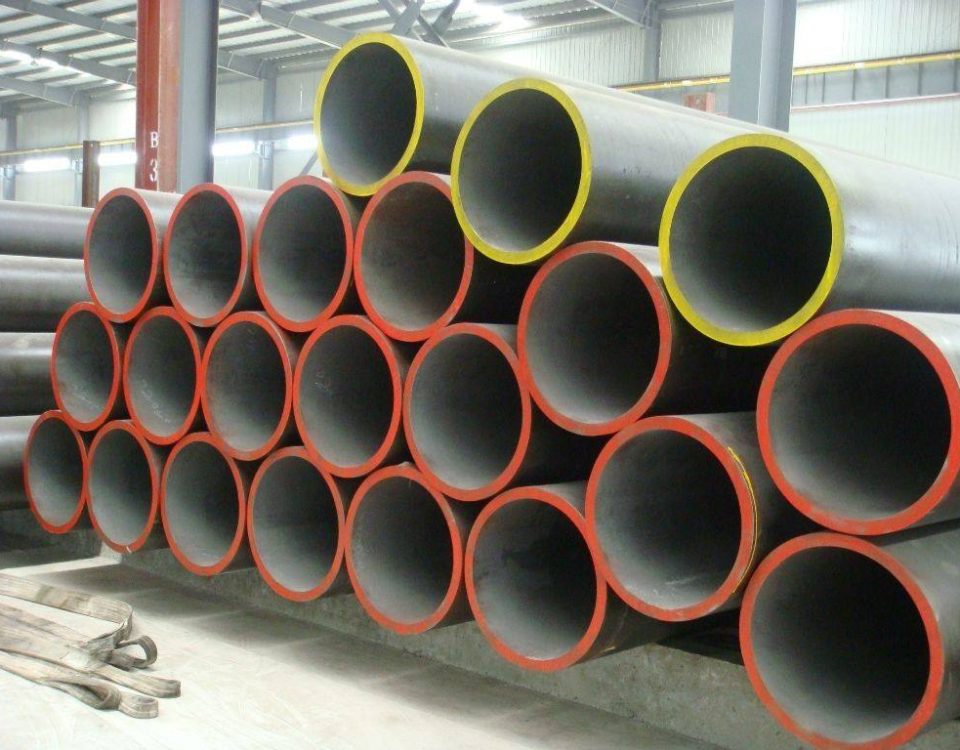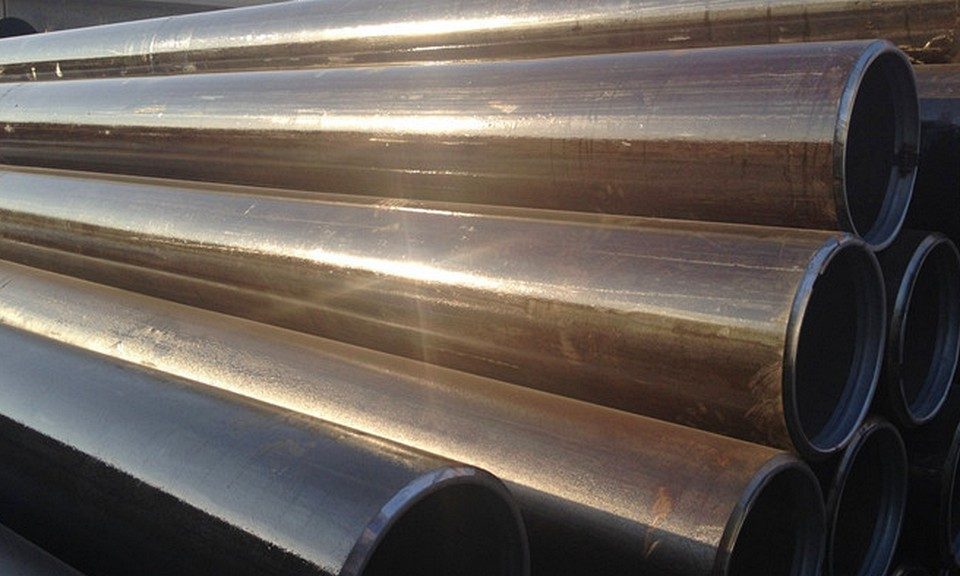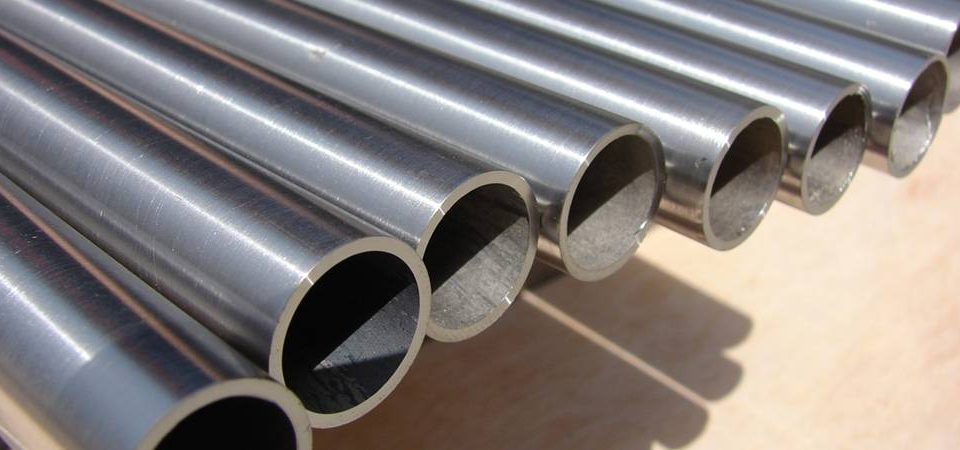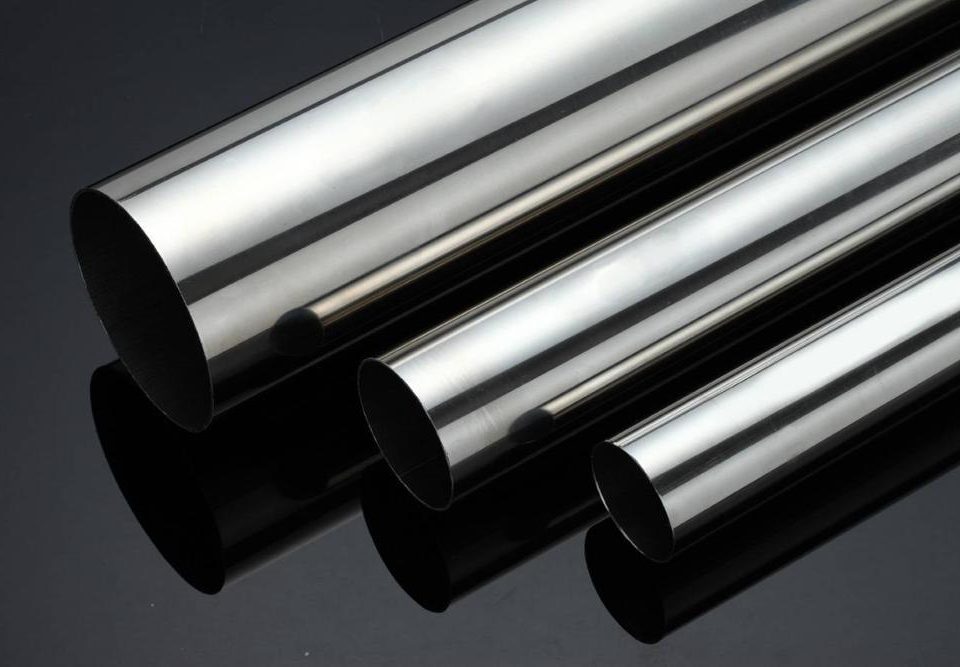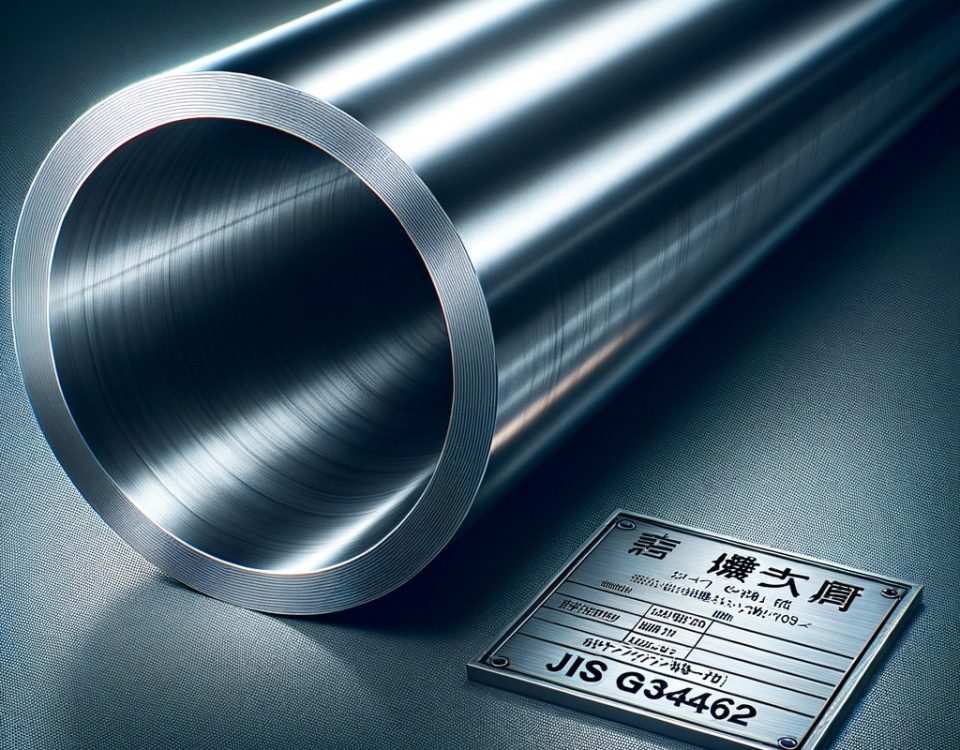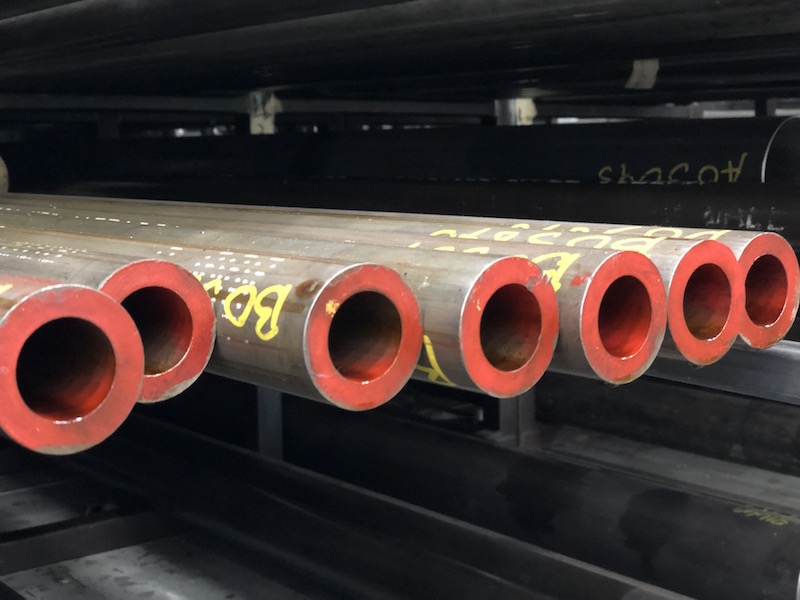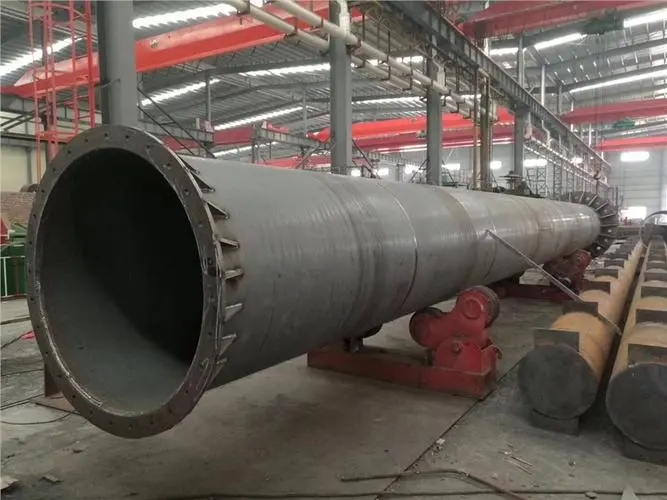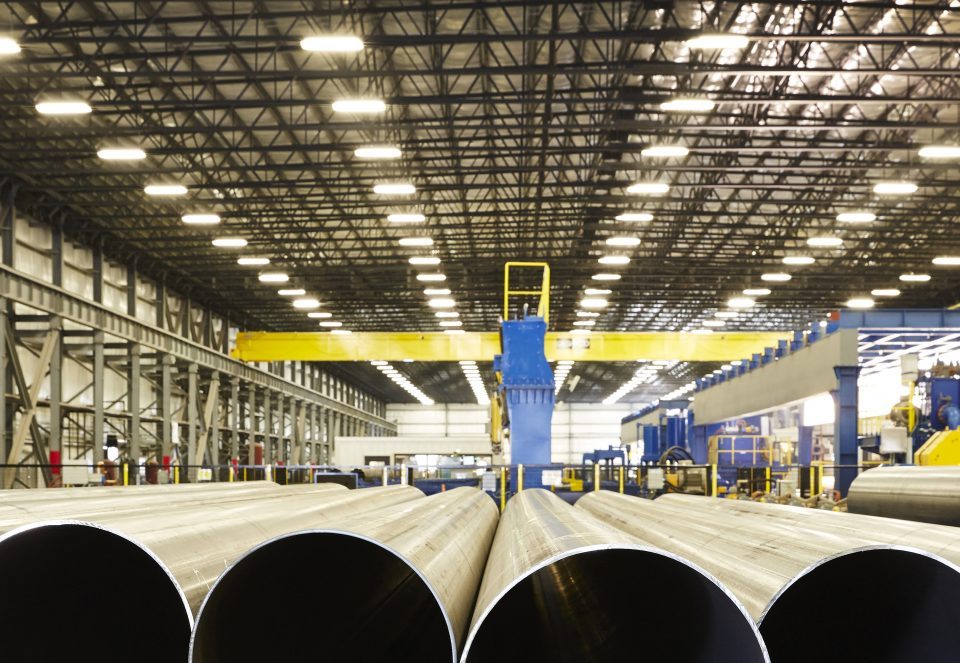Various test procedure rules for tubing and casing
February 28, 2022Steel pipe standards and basic knowledge
March 29, 20229.1 General requirements
Couplings shall be seamless pipes of the same grade, type and heat treatment as pipes, except in the following cases in 9.2. This standard does not require that coupling blanks be cut from coupling stock ordered in accordance with this standard.
When couplings are electroplated, the electroplating process is controlled to minimize hydrogen absorption.
9.2 Grade substitution or heat treatment
9.2.1 If no heat treatment is specified in the order, Grade H40 pipe may be supplied with Couplings of Grade H40, J55, or K55 rolled, normalized, normalized + tempered, or quenched + tempered.
9.2.3 If no heat treatment is specified in the order, grade K55 pipe may be supplied with light rolled, normalized, normalized+tempered or quenched+tempered grade K55 couplings.
9.2.4 If specified in the order, the J55 steel grade extra thick tubing can be supplied with L80 steel grade 1 special clearance couplings.
9.2.5 If specified on the order, grades J55 and K55 buttressed threaded casing may be supplied with L80 grade 1 couplings.
9.2.6 M65 steel grade products can be supplied with L80 steel grade 1 couplings.
9.2.7 Normalized N80 grade 1 pipe can be supplied with N80 grade 1 and N80Q grade couplings.
9.2.8 Normalized + Tempered N80 Grade 1 Pipe can be supplied with Normalized + Tempered N80 Grade 1 and N80Q Couplings.
9.2.9 If specified in the order, additional thickened N80 steel grade 1 and N80Q steel grade oil pipes can be supplied with special clearance couplings of steel grade P110.
9.2.10 If specified in the order, N80 steel grade 1 and N80Q steel grade escutcheons can be supplied with P110 steel grade couplings.
9.2.11 If specified in the order, P110 steel grade escalator bushings can be supplied with Q125 steel grade couplings.
9.3 Methods of manufacture—Groups 1, 2, and 3
Couplings made from seamless or hot forged pipe shall be heat treated as specified in Section 6.2.
9.4 Manufacturing method —– Q125 steel grade
Grade Q125 couplings shall be fabricated from seamless coupling stock manufactured in accordance with the same manufacturing requirements and quality control provisions as this standard for Grade Q125 casing (see Chapters 6 and 7). Couplings and coupling blanks shall be cut from coupling stock. See A.4 (SR9) for optional requirements for coupling semi-finished products.
9.5 Mechanical properties
Couplings shall meet the mechanical performance requirements specified in Chapters 7 and 10, including test frequency, re-test provisions, etc. Such test records shall be provided to the purchaser for inspection.
9.6 Dimensions and deviations
9.6.1 Groups 1, 2 and 3
Couplings shall comply with the dimensions and tolerances specified in Tables C.35 to C.38 or Tables E.35 to E.38. Unless otherwise specified in the order, casing and tubing with threads and couplings shall be supplied with standard couplings.
9.6.2 Group 4
In addition to the machining of the inner surface of the coupling, the entire outer surface can be machined. Coupling dimensions shall be in accordance with the order, except when ordering API couplings, the coupling dimensions shall be in accordance with Tables C.35 and C.36 or E.35 and E.36.
9.7 Standard Couplings
The outer diameter (W) of standard couplings is shown in Table C.35~C.38 or Table E.35~E.38. The inner and outer edges of the bearing section of the coupling should be rounded or chamfered, but the bearing surface dimension (dimension b) can also be reduced excessively, so as to maintain sufficient thickness to safely support the weight of the pipe on the elevator. Both ends of the coupling should be strictly perpendicular to the axis.
9.8 Special Clearance Couplings—Groups 1, 2, and 3
When specified on the order, special clearance (reduced OD) couplings for buttress threaded casing and externally thickened tubing shall be provided. Unless otherwise specified, both ends of the extra-clearance thickened tubing coupling shall have the special chamfer specified in Section 9.12, see Figure D.5.
When specified in the order, both ends of the special clearance trapezoidal threaded casing coupling shall have special chamfers as shown in Figure D.3, and the inner and outer edges of the coupling bearing section shall be rounded or chamfered, see Figure D.3 and Figure D.5.
See Chapter 11 for marking and color code identification.
9.9 Combination Couplings
Combination couplings with different thread types of the same specification shall be supplied when specified on the order. The minimum length and minimum outer diameter of the composite coupling shall be suitable for the specified thread size and type.
9.10 Reducing Couplings – Groups 1, 2 and 3
Reducing couplings are used to connect two pipes with different outer diameters but the same or different thread types at both ends. Reducing couplings shall be provided if specified on the order. The minimum length and minimum outside diameter of the reducing coupling shall be suitable for the specified thread size and type.
9.11 Coupling with sealing ring
Couplings with sealing rings as required by Appendix A.8 (SR13) shall be provided when specified in the order.
See Appendix H for additional requirements for PSL-2 and PSL-3 products.
9.12 Special Chamfered Tubing Couplings – Groups 1, 2 and 3
When specified on the order, special chamfered couplings for non-upset and over-upset oil pipes that meet the requirements of Tables C.37, C.38 or E.37, E.38 shall be provided. Unless otherwise specified, the two ends of the special chamfered oil pipe coupling shall be chamfered as shown in Figure D.4 and Figure D.5, and the inner and outer edges of the coupling bearing section shall be rounded or chamfered, as shown in Figure D.5. D.4 and Figure D.5, the obtuse edge of the chamfer should be strictly perpendicular to the axis.
9.13 Threading
9.13.1 General requirements
The processing, measurement method and thread inspection of the coupling thread shall comply with the requirements of API Spec 5B standard.
See Appendix H for additional requirements for PSL-2 and PSL-3 products.
Note: The anti-leakage capability of the API threaded coupling may not reach the yield pressure in the pipe body, because the pressure between the coupling and the external thread is insufficient.
9.13.2 Casing Couplings—–All Groups
Supplied in either of the following tube ends as specified in the order:
a) 8 teeth long round or short round thread;
b) Buttress thread—standard, special chamfer and/or special clearance;
c) Seal ring structure A.8 (SR13);
d) Special end machining.
9.13.3 Tubing Couplings—Groups 1, 2, and 3
Supplied in either of the following tube ends as specified in the order:
a) 8-tooth or 10-tooth round thread thickened tubing—–standard, special chamfer or special clearance;
b) 8-tooth or 10-tooth round thread non-thickened tubing—–standard or special chamfer;
c) Seal ring structure A.8 (SR13);
d) Special end machining.
9.14 Surface Inspection
9.14.1 All finished coupling interior surfaces shall be free from defects that would disrupt thread continuity.
9.14.2 All couplings shall be inspected for longitudinal defects on the inner and outer surfaces using wet fluorescent magnetic For non-destructive testing methods of the same sensitivity, records as required by Section 10.15.4 shall be retained.
9.14.3 The NDE of H40, J55 and K55 steel grade couplings may be omitted if both parties agree. In this case, the coupling shall be visually inspected for visible hairlines, cracks and pores on the inner and outer surfaces after final processing and prior to coating. See Table C.39 or Table E.39 for marking requirements.
Note: Visible hairlines and cracks are deficiencies that can be seen without the aid of magnetic particle inspection, dye penetration, or other nondestructive testing methods.
9.14.4 To ensure that the coating or coating complies with the requirements, the threads of all couplings shall be visually inspected after coating.
9.14.5 In addition to the imperfections permitted in Table C.39 or Table E.39, imperfections of any depth that appear during the manufacturer’s inspection shall be removed.
9.14.6 Except as described in 9.14.7, the outer surface of the re-inspected product coupling shall be inspected in accordance with the requirements of 9.14.2 or 9.14.3. Defects other than those of the outer surface.
9.14.7 For J55 and K55 coupling materials, as well as N80 Grades Type 1, N80Q Grades and No. Coupling materials of Groups 2, 3, and 4 shall not be rejected if there is a linear defect on the outer surface with a depth not exceeding 5% of the critical wall thickness after subsequent retesting outside the factory.
Critical wall thicknesses are defined in Section 7.3.2.
9.15 Detection of deficiencies
The depth of the notch shall be measured from the normal surface of the coupling or from the contour of the coupling extended above the notch. The outside diameter of the finished coupling shall be measured on the machined surface or contour (i.e., the original surface or the contour ground to remove imperfections or defects) and shall not be measured at the bottom of pits where permitted.
9.16 Deficiency and Defect Alternation and Removal
Repair welding is not allowed. Impermissible imperfections as defined in Section 9.14.5 shall be removed, and permitted imperfections in Table C.39 or Table E.39 may be removed or reduced to acceptable limits by machining or grinding, provided the The measured outer diameter of the finished coupling is within the tolerance range, otherwise it shall be rejected. Machining or grinding must transition smoothly to the outer contour of the coupling.
After the defect has been removed, the affected area shall be re-inspected, and the re-inspection shall be:
(1) The same test method, the same sensitivity as the original test, or
(2) A different test method, but with the same or higher sensitivity as the original test method.
9.17 Thread surface treatment —– Q125 grade
Thread surface treatment shall be carried out as specified in the order.
9.18 Protection of couplings and coupling semi-finished products—Grades C90, T95 and Q125
All coupling semi-finished and loose couplings machined to their final OD should be boxed to avoid collisions during shipment. Other coupling semi-finished products should also be boxed to prevent cracks and gouges that cannot be easily eliminated by subsequent machining. The packing box should be made of suitable materials to prevent damage to the product surface during transportation, and should be designed in a shape that is convenient for forklift handling.
10 Inspection and testing
10.1 Test equipment
To ensure that all products comply with the requirements of this standard, the manufacturer shall determine the appropriate calibration frequency for the test equipment.
If equipment calibrated or verified in accordance with the provisions of this standard is found to be in a condition that is abnormal or seriously affects its accuracy, it should be recalibrated before it is used again.
